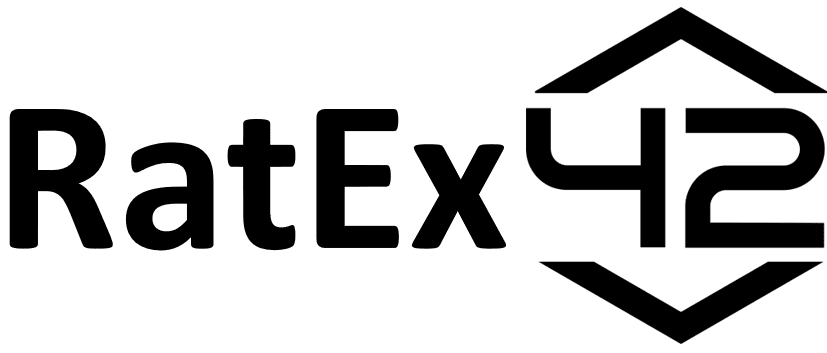The EU’s Markets in Crypto-Assets (MiCA) regulation represents a significant step for crypto regulation, particularly concerning the oversight of stablecoins, such as USDT. As compliance officers, it’s crucial to understand the regulatory landscape under MiCA, the roles of key regulatory bodies such as the European Banking Authority (EBA) and the European Securities and Markets Authority (ESMA), and the reasons driving this regulatory interest.
MiCA and Stablecoins: An Overview
MiCA aims to provide a comprehensive regulatory framework for cryptocurrencies and digital assets within the EU, enhancing market integrity and consumer protection. Stablecoins, classified under MiCA as either asset-referenced tokens (ARTs) or e-money tokens EMTs), face specific regulatory requirements to ensure their stability and reliability. These requirements include maintaining sufficient reserves, regular audits, transparency in operations, and adherence to consumer protection standards.
Roles of EBA and ESMA
European Banking Authority (EBA)
The EBA plays a pivotal role in the supervision of significant stablecoins – ARTs and EMTs – under MiCA. When stablecoins surpass a specific adoption threshold, determined by quantitative and qualitative indicators, they fall under the direct supervision of the EBA rather than national authorities. The EBA’s responsibilities include:
- Ensuring Adequate Reserves: The EBA ensures that stablecoin issuers maintain adequate reserves to back the value of their tokens, safeguarding against insolvency risks.
- Conducting Audits: Regular audits are mandated to verify the integrity of the stablecoin reserves and operational practices.
- Enforcing Transparency: The EBA requires issuers to provide detailed reports and disclosures, promoting transparency and protecting investors.
European Securities and Markets Authority (ESMA)
While the EBA focuses on the financial stability and reserve management of stablecoins, ESMA’s role is more centered on market integrity and investor protection. ESMA’s responsibilities include:
- Non-Stablecoin responsibilities: ESMA is responsible for overseeing investment tokens, utility tokens, and crypto-asset service providers (CASPs), while EBA focuses on asset-referenced tokens (ARTs) and e-money tokens (EMTs)
- Market Surveillance: ESMA monitors the trading activities and market practices involving stablecoins to prevent market manipulation and ensure fair trading conditions.
- Consumer Protection: ESMA implements measures to protect consumers from fraudulent schemes and misleading information related to stablecoin investments.
- Regulatory Harmonization: ESMA works towards harmonizing regulatory practices across EU member states, ensuring a consistent approach to the supervision and regulation of stablecoins.
Why Regulate Stablecoins?
The regulatory interest in stablecoins stems from several critical factors:
- Financial Stability: Stablecoins, due to their peg to traditional assets like fiat currencies, have the potential to impact financial stability. Large-scale adoption without adequate regulatory oversight could lead to systemic risks.
- Consumer Protection: Given the growing popularity of stablecoins, there is an increased risk of consumers being exposed to fraudulent schemes and financial losses. Regulatory frameworks aim to protect consumers by ensuring transparency and reliability.
- Market Integrity: Stablecoins are integral to the broader cryptocurrency ecosystem, often used in trading and as collateral in various financial activities. Regulating stablecoins helps maintain market integrity and prevent abuses such as market manipulation.
- Preventing Illicit Activities: The anonymous nature of cryptocurrency transactions makes them susceptible to money laundering and other illicit activities. Regulatory oversight helps mitigate these risks by imposing stringent compliance requirements.
Conclusion
The MiCA regulation marks a significant advancement in the EU’s approach to regulating stablecoins, ensuring that these digital assets are safe, reliable, and transparent. The EBA and ESMA play crucial roles in enforcing these regulations, each focusing on different aspects of stability and market integrity. By regulating stablecoins, authorities aim to protect consumers, maintain financial stability, and prevent illicit activities, ultimately fostering a more secure and trustworthy cryptocurrency market.
As the regulatory landscape continues to evolve, staying informed and compliant with these regulations is essential for all participants in the cryptocurrency ecosystem.
